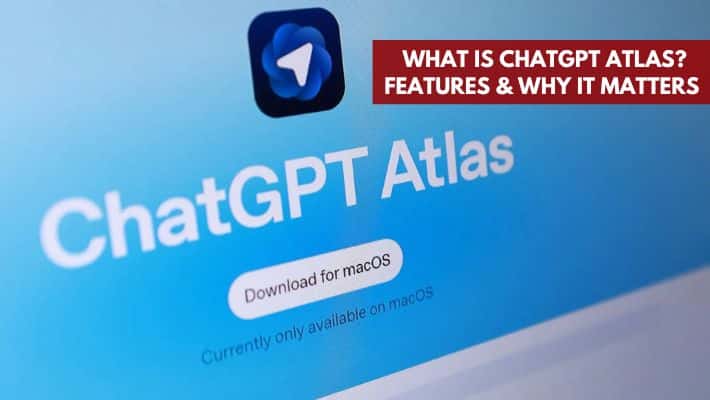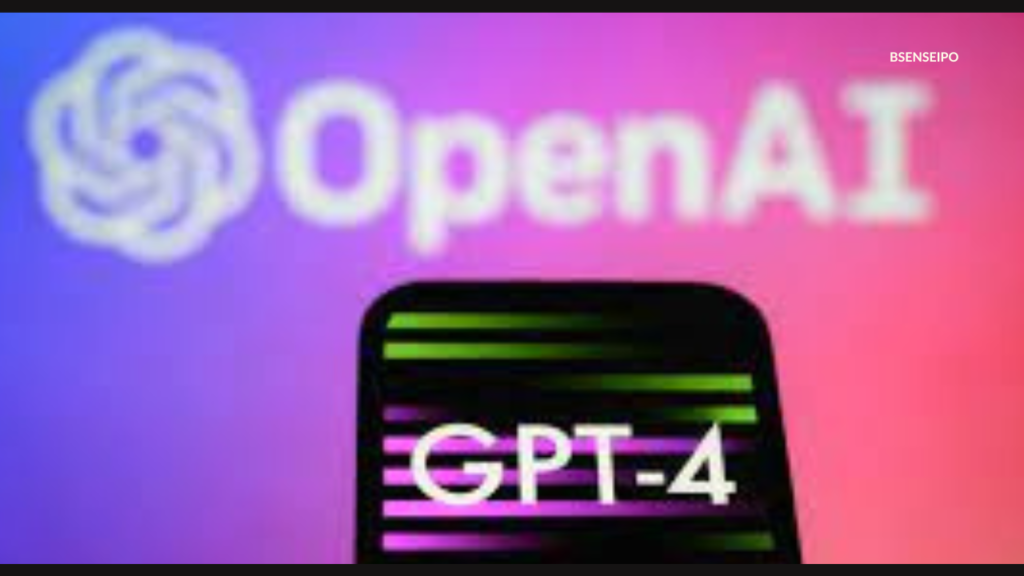What is ChatGPT Atlas? Explained
In October 2025, OpenAI announced the release of ChatGPT Atlas, an AI-powered web browser built around its flagship conversational AI, ChatGPT. The move represents a bold step into the browser space—traditionally dominated by legacy players—bringing together search, browsing, and AI assistance in one tool.
What Is ChatGPT Atlas?
ChatGPT Atlas is essentially a full web browser (initially available for macOS) that embeds ChatGPT within the browsing interface, allowing users to interact with web content, ask questions, get summaries, automate tasks, and retain context from previous browsing—all without leaving the page.
Unlike simply using ChatGPT in a separate tab, Atlas aims to make the AI a seamless companion in your browsing flow. For example, you could highlight text on a website and ask the AI to “summarize this,” or ask it to “find all job postings I visited last week and tell me trends” by leveraging browsing history (if enabled).
Key Features
Here are some of the standout features of ChatGPT Atlas:
- Sidebar Chat Panel: While visiting any web page, you can open a ChatGPT-powered panel that has context of that page—so you don’t need to copy-paste URL or text.
- Browser Memories: Optional memory feature wherein Atlas retains context from your previous browsing sessions (the pages you visited, tasks you were doing) to enable more personalized assistance later. Settings allow you to view or delete these memories.
- Agent Mode: A more advanced mode (preview for Plus, Pro, Business users) that allows ChatGPT to take actions on the web for you, such as researching, planning events, booking, or shopping.
- Unified Flow: Atlas integrates search, chat, browsing, and task-execution all in one interface—meaning less switching between apps.
- Privacy and Control: OpenAI emphasises that the user controls what memory is stored; browsing data is not automatically used to train models unless the user opts in; history can be cleared.
Platform & Launch
ChatGPT Atlas was launched on October 21, 2025 for macOS globally, with versions for Windows, iOS, and Android coming soon.
At launch it supports Free, Plus, Pro, and Go users on macOS; Agent Mode initially for paid tier users. Business, Enterprise, and Edu users will get versions as enabled by admins.
Why It Matters
- Redefining Browsing: Browsers have remained largely unchanged in decades—tabs, bookmarks, search bar. Atlas attempts to rethink the browser as a “super-assistant” rather than just a tool to view webpages.
- AI + Content Flow: Instead of copying content into ChatGPT, Atlas brings ChatGPT to the content. This promises smoother workflows for research, learning, writing, shopping, and other web-based tasks.
- Competition & Ecosystem Impact: With Atlas, OpenAI enters the browser and (implicitly) the search/data layer space—challenging companies like Google Chrome/Google LLC, Microsoft Edge/Microsoft Corporation, and newer AI-browser initiatives.
- Task Automation: Via Agent Mode, the browser may move beyond passive browsing toward actively completing tasks—making the browser more like a personal assistant.
Limitations & Considerations
- Platform Roll-out: Initially macOS only; Windows, mobile versions still pending.
- Maturity & Bugs: As with any major launch and integration of AI, some features may iterate, and reliability/edge-cases may still need smoothing.
- Privacy & Data Use: While OpenAI states that memory and data use are under user control, the deeper an AI integrates into browsing the more careful users must be about data and tracking implications.
- Browser Ecosystem: Users with heavy extension use or niche workflows may need to test compatibility; switching browsers is non-trivial.
- Reliance on AI: As the browser becomes more “assistant”-driven, the UI/UX changes may require user learning and adaptation.
How to Get Started
- Download ChatGPT Atlas from the official site (for now on macOS).
- Sign in with your ChatGPT account; import your bookmarks, passwords, history from your current browser.
- Explore the new tab page: you can enter a question or URL, toggle between tabs for search links, images, videos, news.
- Try the sidebar: open a site and ask ChatGPT in the pane next to it to summarise content, compare items, draft emails or just ask questions about what you’re seeing.
- Review your memory settings: enable/disable browser memories; view archived memories; clear history if needed.
- For Plus/Pro users: enable Agent Mode in preview to test task-automation features.
Final Thoughts
ChatGPT Atlas marks a significant evolution in how we think about browsing the web. Instead of separate tools for search, tabbing, research, and AI chat, Atlas brings them together into one interface. For productivity, learning, research, and everyday web use it promises to reduce friction.
However, it’s also a bold move—moving the browser into the “assistant” realm changes how we interact with the Web, and it raises questions about privacy, data use, and how we want our browsers to serve us. As adoption grows and mobile/Windows versions roll out, its true impact will become clearer.
If you’re interested in trying it, now is a good time (especially if you’re on macOS) to explore how it could change your workflow.
Read more… What is GPT-4? How does it work and how is it different from ChatGPT?




